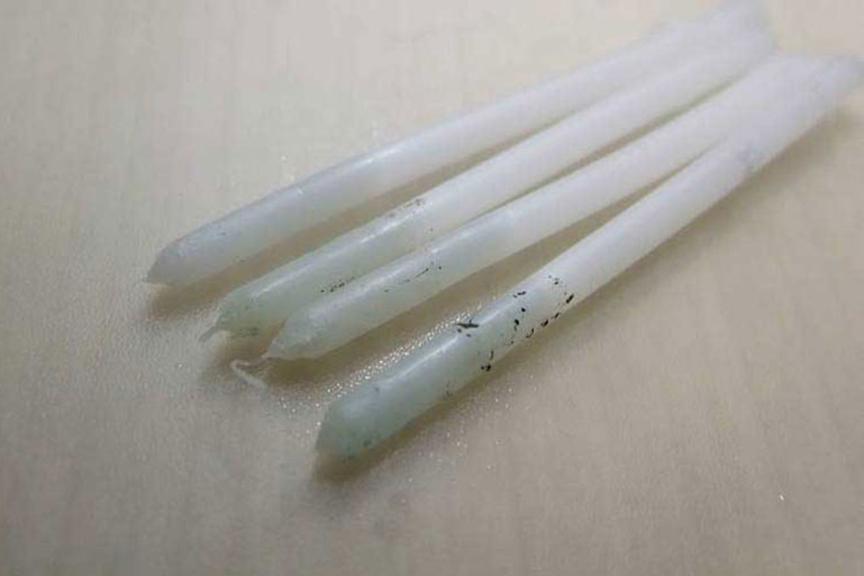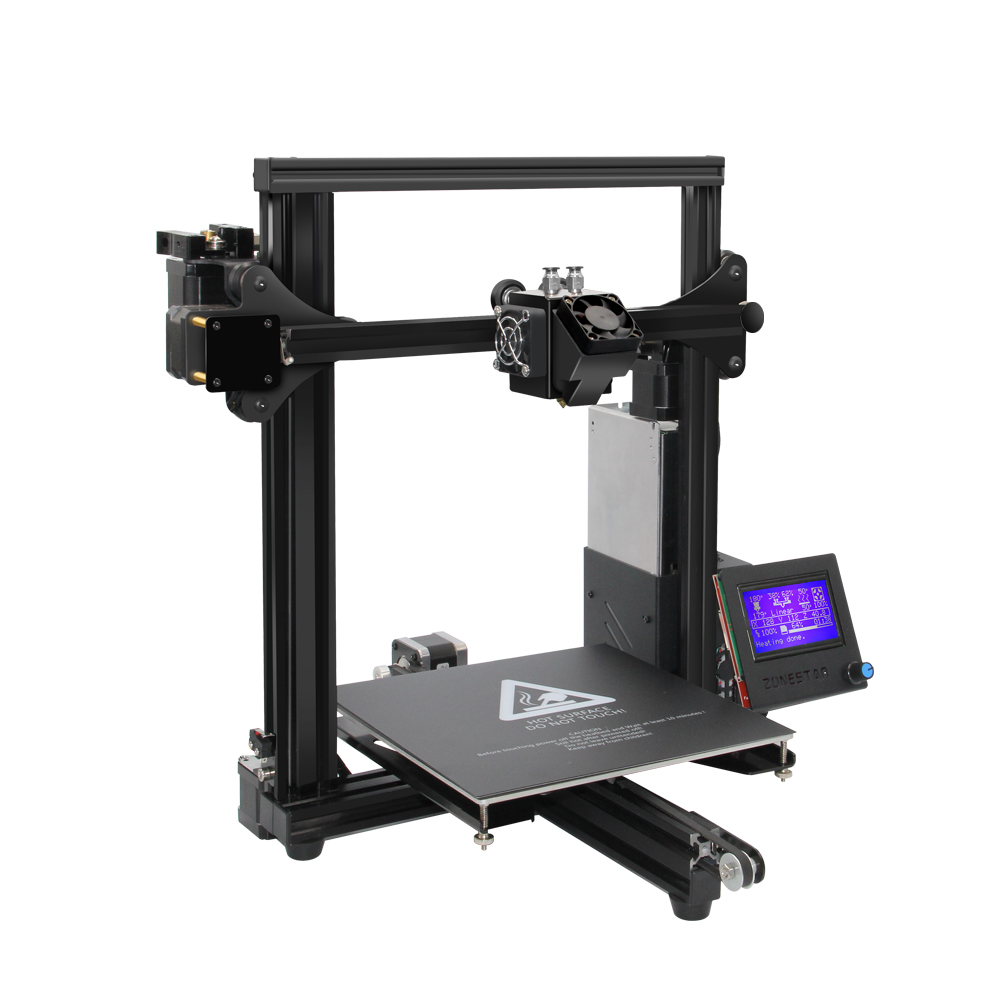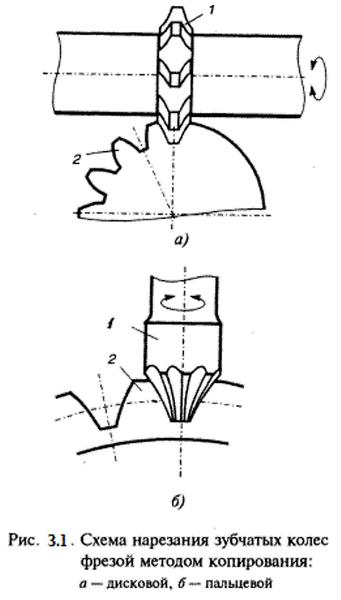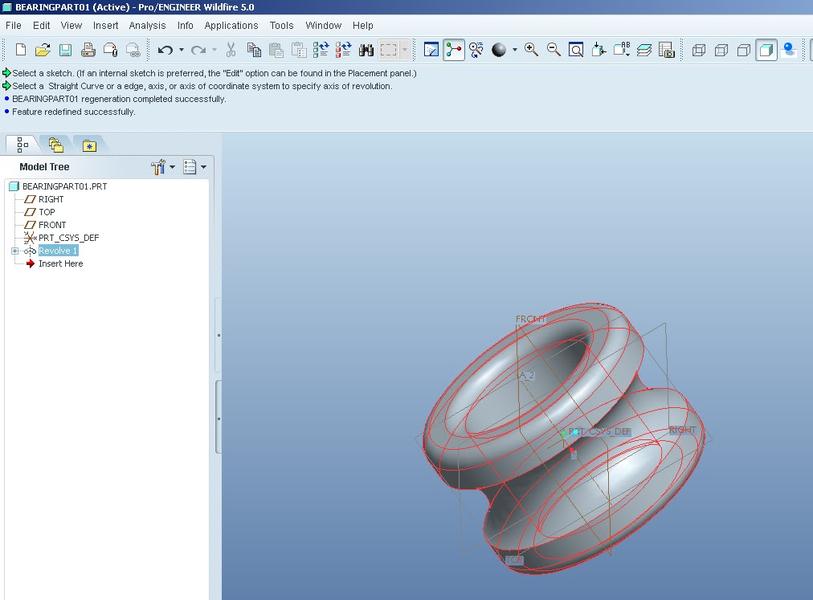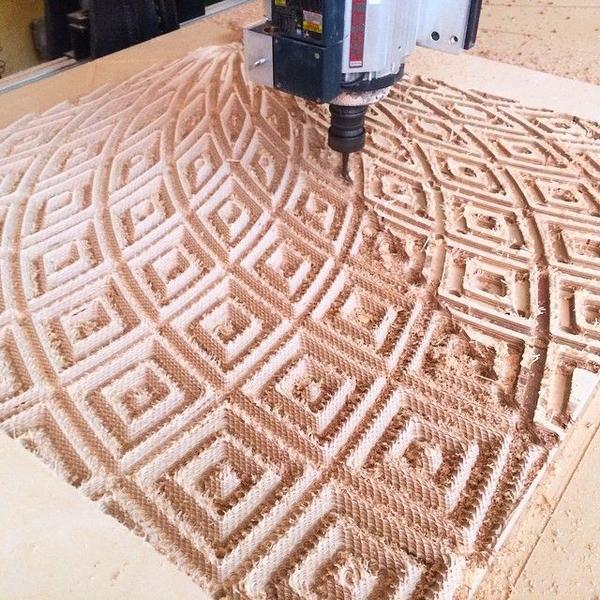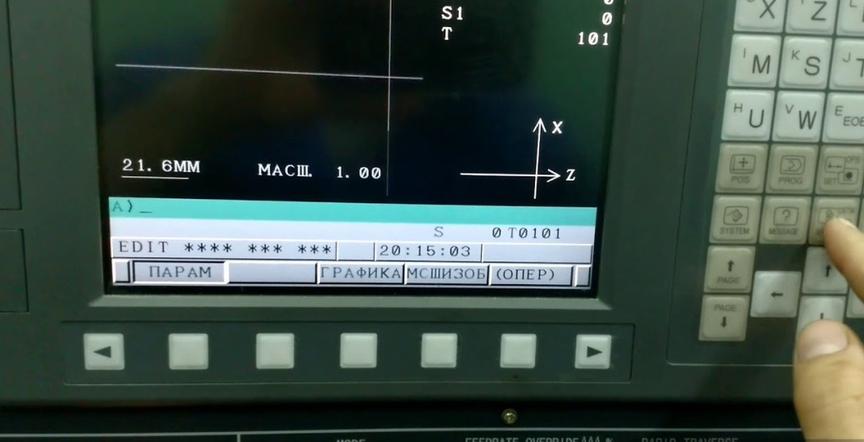Three ways to clean the extruder nozzle
The extruder nozzle is one of the most problematic parts of a 3D printer. It can easily get clogged or blocked. Poor plastic feed will affect the quality of the finished model. Printing defects will occur. Sometimes, the printer stops working completely, as the nozzle needs cleaning.
- Main reasons for extruder clogging
- How to clean a 3D printer's extruder: step-by-step instructions
- Preventing clogs - advice from specialists
Main reasons for extruder clogging
Regardless of the type of print head, it can get clogged. This happens due to filament or dirt accumulating inside the assembly. The nozzle is most often clogged due to improper printer operation in conditions such as:
- High load, where the device operates for long periods without stopping.
- In dusty environments. Sometimes the printing device is placed in an unused room or workshop where cleaning rarely occurs.
- Incorrect print settings. Specifically, using unsuitable filament or incorrect melting temperature.
In some cases, the frequent clogging may be due to the nozzle's design itself. For example, when the printer comes with a defective extruder from the outset. The nozzle's geometry in the construction is flawed. The device should be returned under the warranty or the nozzle should be replaced separately.
Information! The cause of clogging can be the filament itself. Ordinary factory defects or imperfections on the plastic can trigger a blockage.
Pieces of melted filament
In any case, carefully study the clogging problem and only then proceed with prevention. If you are afraid to damage the device, it is better to take the printer to a service center.
Dust and debris entering the nozzle
The first reason is dirt or dust that has entered from the outside. The nozzle is most often clogged with debris over time. Dirt can accumulate for months or even years. It bakes onto the walls of the nozzle, forming deposits. Over time, this can become the cause of filament jamming.
Extruder temperature too high
Novice 3D makers believe that excessively high melting temperatures will help avoid clogging problems. This is an incorrect assumption. Working at an elevated temperature causes the plastic to instantly bake inside the assembly. Filament jamming occurs. A clog forms.
Therefore, it is important to adhere to the melting temperature recommended by the filament manufacturer. Sometimes this indicator may vary slightly. +/- 5°С somewhere. It all depends on the printer model and the extruder itself. The optimal melting temperature is found experimentally.
How to clean a 3D printer's extruder: step-by-step instructions
You can clean the printer yourself without turning to a specialized workshop. There are several working methods that can be used to clean the nozzle. Let's consider each of them step by step.
Clogged extruder nozzle
Manually
The most basic method of cleaning the extruder. It uses thin items:
- Drill with a 0.35 mm diameter;
- Guitar string with a diameter of 0.33 mm;
- Leg from a diode or transistor.
Special cleaning tool for different diameter nozzles
Cleaning algorithm:
- Turn off the 3D printer. Wait for the nozzle to cool slightly.
- Remove any remaining filament from the tip of the nozzle.
- Slowly drill or poke the hole with the specified items. Be careful not to make the hole too deep.
- Turn on the printer and start printing plastic.
- Repeat the procedure several times until the filament starts to come out in a smooth layer.
Some specialists recommend cleaning the nozzle while the printer is on. This can be done if the initial blockage has been removed.
Attention! Do not use a screwdriver or drill! This may cause you to apply too much force and go through the extruder, damaging the plastic capture mechanism. It is better to use a thin drill held in pliers.
Cleaning with a thin tool
With a solvent
Sometimes mechanical cleaning only partly helps. The drill can remove the cause of the blockage, but there will still be deposits or plastic build-up inside the nozzle. This situation often occurs when working with ABS. To remove the filament completely, the nozzle needs to be cleaned in an aggressive environment. For example, with acetone or dichloroethane.
Cleaning algorithm:
- Turn off the printing device, let the extruder cool down.
- Unscrew the nozzle, place it in a container with acetone or dichloroethane.
- Leave the part for 2–3 hours, then remove it and clean the nozzle with a needle.
Screw the nozzle onto the print head. Extrude the plastic.
Important! Spare nozzles can be stored in a jar with acetone. This way, they will always be ready for use without prior cleaning.
With filament
Cleaning with filament is one of the safest methods that does not involve interfering with the extruder's construction or partially disassembling the assembly. Two types of plastic are used to clean the nozzle:
- Filament with a higher melting temperature. A coil of heat-resistant plastic is put in the printer. It literally pushes the blockage out of the extruder.
- Cleaning plastic. It is usually sold in the form of short sticks or small spools. Its structure is similar to nylon. Cleaning filament is the safest way to remove a blockage in the extruder.
It is recommended to use the latter method as an alternative to manual or chemical cleaning.
Residue deposits on filament
Preventing clogs - advice from specialists
To keep the extruder and nozzle in good condition, it is important to follow a number of rules:
- Use the filament melting temperature recommended by the manufacturer.
- Perform regular maintenance on the printer. You can unscrew the nozzle once a week and leave it in a jar of acetone overnight. If the printing device is used almost every day, increase the number of preventive cleanings to 2–3 times a week.
- Clean the room where the printer is located. Perform at least a weekly wet cleaning.
The main thing is not to delay cleaning if the printing device suddenly stops working.
Nozzle cleaning is an important and necessary procedure. It is carried out in critical situations, as well as as a preventive measure. The cleaning method depends on the availability of tools or chemical cleaners. It is best to buy several sticks of cleaning filament so that the printer is ready to work in just a few minutes after clearing the blockage.
The text provides information on the common problems with the extruder nozzle of a 3D printer, the reasons for clogging, and step-by-step instructions on how to clean it. It also includes advice for preventing clogs and maintaining the printer in good condition.
